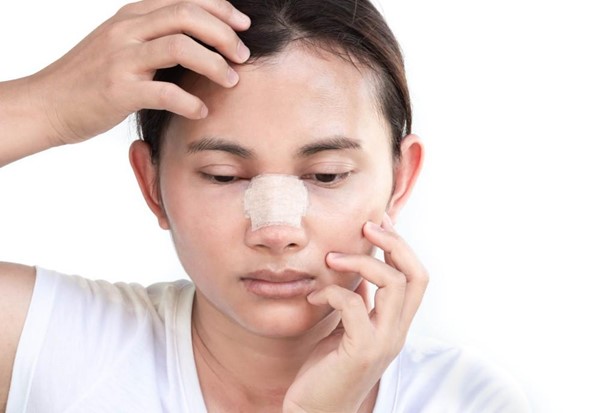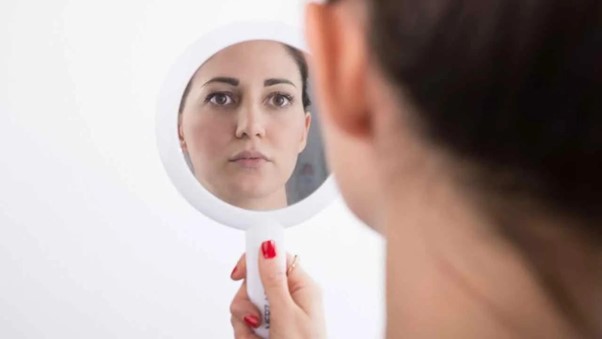What You Should Know About Diagnosing and Treating Lipomas
Understanding Lipomas: Causes, Symptoms, and Surgical Treatment Options

Lipomas are small, benign tumors that are made up of fat cells. They typically form just beneath the skin and can range in size from a few millimeters to several centimeters in diameter.
Lipomas often feel soft and spongy when touched and move easily with slight finger pressure. While they can occur anywhere, lipomas typically form on the neck, shoulders, back, arms, and thighs.
Lipomas are usually harmless but sometimes may become painful or cause other problems depending on their size and location.
Causes of Lipomas
Genetics
One of the most common causes of lipomas is genetics. In some cases, lipomas run in families, meaning that children are more likely to develop them if their parents or grandparents had them.
Age
While lipomas can develop at any age, they are most commonly diagnosed in people over the age of 40. This is because lipomas are generally slow-growing tumors, and it takes time for them to become noticeable.
Obesity
There is a correlation between lipomas and obesity. People who carry excess weight are more likely to develop lipomas. This is because the extra fat in the body provides an environment where lipomas can grow.
Injury
Sometimes, a lipoma can develop in response to an injury. This is because the body responds to trauma by creating fibrous tissue, which can eventually become a lipoma.
Hormones
Hormonal imbalances can cause a variety of health problems, including lipomas. For example, some women may develop lipomas during pregnancy due to hormonal changes in the body.
Immune system disorders
People with weakened immune systems are more likely to develop lipomas. This includes people with autoimmune disorders like lupus or HIV.

Medications
Certain medications can cause lipomas to develop. For example, some types of steroids may increase the risk of lipomas.
Chemical exposure
Exposure to certain chemicals can cause lipomas. For example, some types of pesticides have been linked to an increased risk of developing lipomas.
Smoking
Smoking is a known risk factor for many health problems, and it’s also been linked to an increased risk of developing lipomas.
Medical conditions
In rare cases, lipomas can be a symptom of an underlying medical condition. For example, lipomas can sometimes be a sign of a disorder called multiple endocrine neoplasia (MEN).
Symptoms of Lipomas
Lipomas usually do not cause any symptoms. The most common symptom is a visible lump or mass under the skin. Other symptoms may include pain, redness, and swelling in the area of the lipoma.
Diagnosis and Treatment Options for Lipomas
If you suspect that you have a lipoma, it’s important to see your doctor for evaluation and diagnosis. Your doctor can diagnose a lipoma through physical examination, imaging tests such as X-rays or MRI scans, and biopsy.
Once the diagnosis has been made, your doctor will provide treatment options. Treatment is not always necessary for lipomas because they are usually benign and harmless.
However, if a lipoma is causing discomfort, is growing rapidly, or is cosmetically bothersome, then treatment may be recommended.
Surgical Treatment Options for Lipomas
For larger and/or painful lipomas, surgical removal may be recommended. Surgery involves making an incision to remove the entire tumor, along with a margin of healthy tissue around it.

This is done under local anesthesia and may be performed in the doctor’s office or a hospital setting, depending on the size of the lipoma and other factors.
Recovery Tips After Lipoma Surgery
Follow Doctor’s Orders:
The first and most crucial tip for a smooth recovery is to follow your doctor’s instructions fully. Your doctor will give you a comprehensive guide on what to do and what not to do, based on your individual needs.
Follow these instructions exactly as prescribed, and don’t hesitate to call your skin lump removal singapore clinic if you have any questions or concerns.
Take Rest
Rest is essential after surgery, and it is crucial to give your body the time it needs to heal. Avoid physical activity or strenuous exercise until your doctor advises you that it is safe to do so.
When sleeping or lying down, try to keep your head and chest elevated to prevent swelling and help with circulation.
Stay Hydrated
Proper hydration is essential for any surgery recovery, and it is vital to drink plenty of fluids.
Water, fruit juice, and herbal tea can help replenish fluids, and staying hydrated can prevent complications such as constipation, which is common after surgery.
Manage Pain
Pain is a common side effect of surgery, and it is important to manage it effectively.
Your doctor will prescribe you pain medication, and it is crucial to take this medication on time, as prescribed.
If the pain persists, speak with your doctor, who may adjust your pain medication or offer alternative forms of relief.
Dressings
Proper dressing after surgery can help prevent infections and ensure a smooth healing process. Keep the dressing dry and change it when necessary.
Also, ensure that the wound is cleaned before redressing and keep it protected from the environment.
Eat Healthily
Diet is also essential during recovery, and it is important to eat healthy, nutritious foods. This can help with healing and prevent complications such as constipation or infections.
Avoid foods that are high in fat or sugar and stick to a diet that is rich in lean protein, fruits, and vegetables.

Other Considerations When Treating a Lipoma
While lipomas are generally harmless, it is important to have them evaluated by your doctor for proper diagnosis and treatment. If left untreated, lipomas can become larger or more painful over time.
Additionally, in rare cases, a lipoma can develop into a cancerous tumor so it’s important to monitor the area carefully and see your doctor if any changes occur.
Conclusion
In conclusion, lipomas are small benign tumors that can form just beneath the skin. They generally do not cause any symptoms and treatment is not always necessary.
However, if a lipoma becomes painful or is cosmetically bothersome, surgical removal may be recommended.
It is important to have any suspicious lumps evaluated by your doctor for proper diagnosis and treatment.
Learn more.













